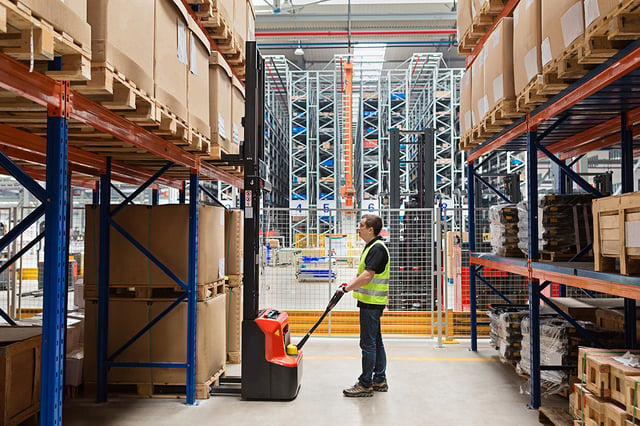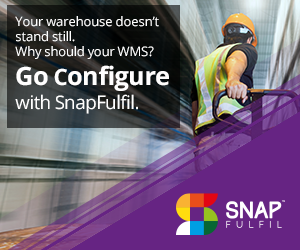Retrofitting B2B for B2C and D2C Warehousing
The face of stores and shopping malls has changed for good as we’ve seen a rapid and accelerated transition to e-commerce purchasing and delivery to homes – and in particular direct-to-consumer (D2C).
So, it's more critical than ever to consider the warehousing and logistics part of the supply chain.
And with many warehouses traditionally B2B and optimized for the wholesale market, retailers have generally been unprepared for the shift to online and the intricacies of e-commerce. Additionally, those with outdated, legacy warehouse management systems are struggling to adapt to constantly evolving e-commerce needs and challenges because of limited functionality and configurability.

Proper visibility, accuracy and traceability
New normal customer requirements – such as gift experience, changing volumes, size, weight and packaging requirements, plus increased service and delivery levels – are often difficult to systematically accommodate. This makes it hard to perform efficiently while also maintaining the proper inventory visibility and accuracy needed.
What’s required are specific workflows and processes to meet individual customer needs, plus multiple picking/packing approaches to ensure the application can support efficient approaches in structuring and prioritizing work. Easy reporting to pull up inbound and outbound traceability data that tracks stock lots and expiry dates also helps immensely when there are recalls, as opposed to the manual way of sorting through a stack of paperwork.
Consequently, businesses of all sizes and sectors are seeking a more scalable, easily modified, API friendly and robust pathway to meet the demands of B2C omnichannel fulfillment.
Advanced, cloud based WMS like SnapFulfil, which is specifically B2C engineered, is swiftly and efficiently implemented – even remotely – with application design based on flexibility and functionality (not customization) one of the strongest options.
Savings all over the warehouse
Built in data load functions should be a feature of the system and therefore make the transition and migration accurate and timely. So, no more frustrating delays, plus expensive and regular custom coding costs - and you can quickly enjoy savings all over the warehouse in terms of time, space, labor and, most importantly, accuracy.
More nimble, configuration-based applications don’t restrict creative solutions either. Offering responsive support options helps change management by allowing the flow of data and order of operations within the application to be regularly updated. This empowers management to easily store, organize, deliver, and track the accomplishment of work throughout a facility.
This value and dexterity is nowhere better illustrated than in the current logistics shift from wholesale distribution center (DC) to online direct-to-consumer (D2C), because while it offers multiple benefits to brands and manufacturers, certain digital tools – such as operations-supporting software applications – are essential to ease the transition.
Volatile flows are becoming more and more common too, as the supply chain is shortened with B2C activity and promotions become a daily issue. Fast, accurate, algorithmic WMS forecasting enables immediate identification of problems as they happen. This means what precious little time you have can be better used to pre-plan stock moves as the order pool arrives and the picks are released.
Dynamic pick faces then become a must have in order to avoid the usual congestion problems.
Most efficient stock positioning
Once you have extensive history of outgoing stock movements you can forecast daily (or even more often if required) what the predicted, most efficient stock positioning is well in advance of the demand hitting the system. This is an advanced feature any Tier 1 WMS worth its salt should have.
What’s more, there is often a big disconnect between the ordering or demand platform and the WMS, but this feature of marking promotions or seasonal products in the WMS (gathered from other systems) is now a well requested software function to help with pre-planning.
We’re already seeing a fulfillment future where demand for an agile and flexible ‘user experience’ is as important as a company’s products and services. Businesses are constantly adjusting their game plans, whether introducing D2C e-commerce or new lines to meet evolving purchasing habits.



